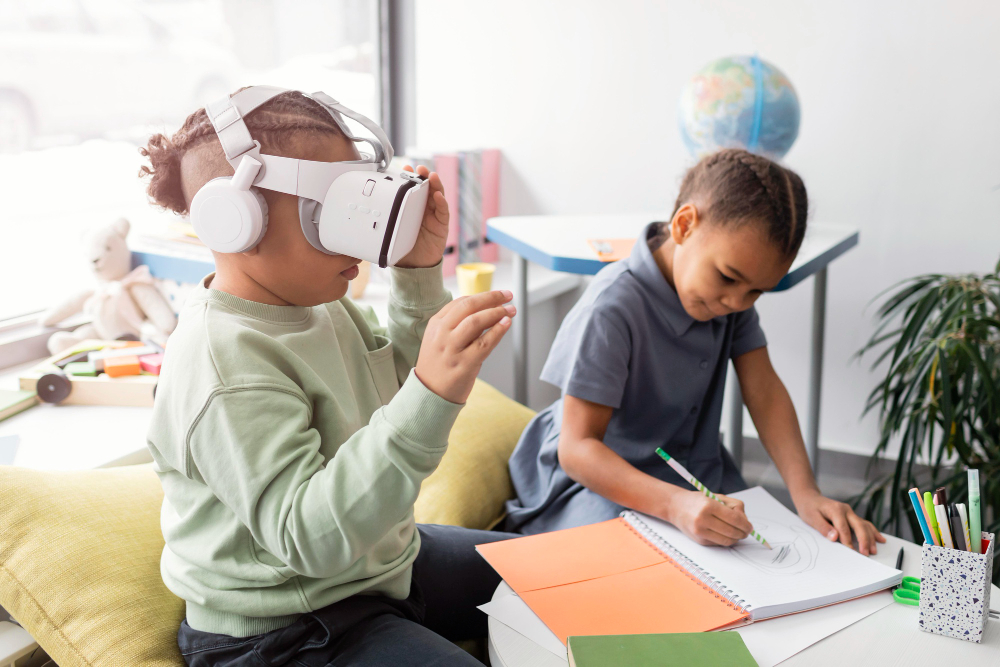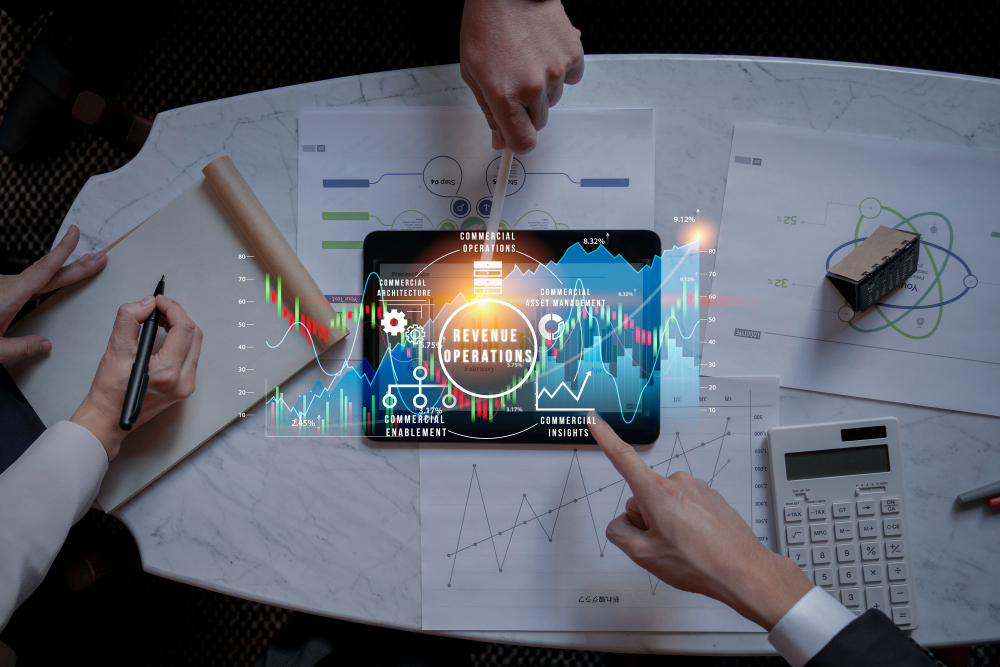Tech and Education: Bridging Gaps in Learning

In the constantly changing realm of education, technology has surfaced as a formidable force ally in bridging gaps and revolutionising how we learn. Technology integration in education has not only made learning more accessible but has also transformed traditional teaching methods. This article will delve into the mutually beneficial connection between technology and education, how it enhances the learning experience and addresses various educational gaps.
The Rise of E-Learning Platforms
- One of the most significant contributions of technology to education is the rise of e-learning platforms. These platforms provide a flexible and convenient way for students to reach educational content globally, regardless of location. With the advent of platforms like Coursera, edX, and Khan Academy, learners can choose from various courses and learn at their own pace. This adaptability is advantageous for individuals with diverse schedules and commitments, such as working professionals seeking to upskill or students managing multiple responsibilities.
- Additionally, e-learning platforms often incorporate interactive elements like quizzes, forums, and discussion boards, fostering a sense of community among learners. This enhances the learning experience and allows collaborative problem-solving and knowledge sharing. The rise of e-learning platforms has democratised education, breaking down geographical barriers and making high-quality learning resources accessible to a global audience.
Personalised Learning through Adaptive Technologies
- One size does not fit all in education, and technology has played a crucial role in addressing this challenge through adaptive learning technologies. These technologies leverage artificial intelligence algorithms to tailor learning experiences based on individual progress, preferences, and aptitudes. Adaptive learning platforms analyse a student’s performance in real time and adjust the difficulty and content of the material accordingly.
- This individualised method permits students to learn according to their speed, reinforcing concepts they find challenging while accelerating through familiar material. Adaptive technologies cater to various learning styles, providing a customised educational experience that is more engaging and effective. As students receive instant feedback on their performance, They can monitor their advancement and concentrate on areas that need improvement, promoting a more efficient and targeted learning process.
Virtual Reality (VR) and Augmented Reality (AR) in Education
- Integrating virtual reality (VR) and augmented reality (AR) in education has opened new frontiers in immersive learning experiences. VR and AR technologies transport students from the confines of the classroom to interactive and engaging virtual environments. For example, students studying history can virtually visit ancient civilisations, and those learning about biology can explore the intricacies of cellular structures in a three-dimensional space.
- These technologies make learning more captivating and enhance understanding by providing a hands-on, experiential approach. Virtual field trips, simulated experiments, and interactive models facilitate students in comprehending intricate ideas within a given subject in a way that traditional textbooks often struggle to convey. By dismantling the barriers that separate theory from practice, VR and AR contribute to a more holistic and profound understanding of subjects, fostering a deeper connection between students and their studies.
Closing the Digital Divide and Promoting Inclusivity
- While technology has revolutionised education, it is crucial to acknowledge and address the digital divide among students. Not all learners have equal access to devices and high-speed internet, creating disparities in their ability to benefit from online resources. Closing this divide necessitates a collaborative endeavour involving educational institutions, policymakers, and technology companies to ensure that every student, irrespective of their socioeconomic background, has the opportunity to access the necessary tools for digital learning.
- Several initiatives are underway to provide underserved communities with affordable or subsidised devices and internet connectivity. Additionally, educational content creators are working on developing resources that are accessible on a variety of devices, including smartphones, which are more widely available than traditional computers. By focusing on inclusivity and narrowing the digital divide, we can harness the full potential of technology to create a more equitable educational landscape.
Conclusion
As we navigate the intersection of technology and education, it becomes evident that the marriage of these two fields has the potential to revolutionise how we learn and teach. E-learning platforms, adaptive technologies, VR, and AR, are just a few examples of technology’s transformative impact on education. However, ensuring that these advancements are inclusive is essential, reaching learners from all walks of life. The future of education lies in our ability to harness technology responsibly, addressing challenges such as addressing the digital gap and guaranteeing that the advantages of innovation are accessible to all. As we continue on this exciting journey of tech-enhanced education, let’s reflect on how these tools can bridge gaps, foster inclusivity, and allow every learner to thrive.





